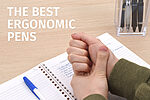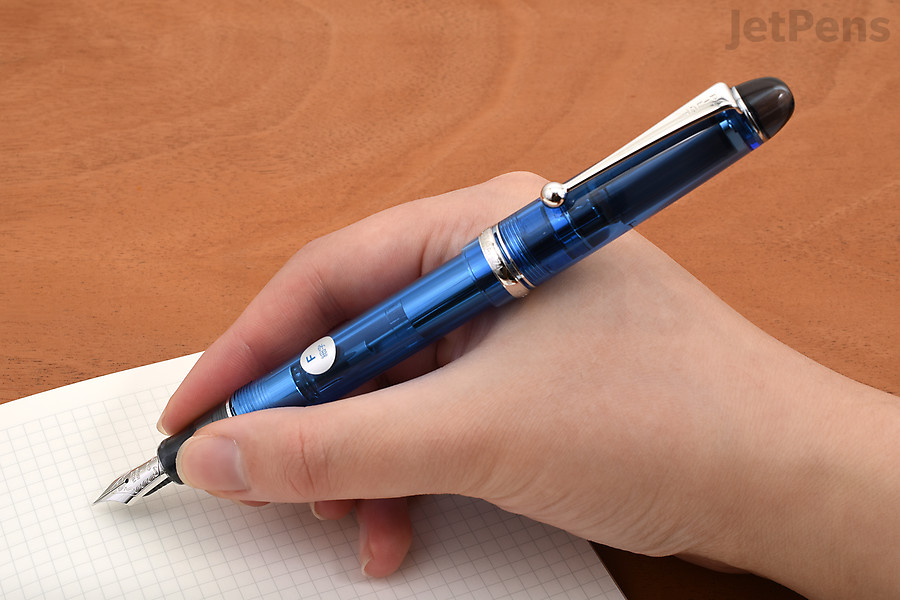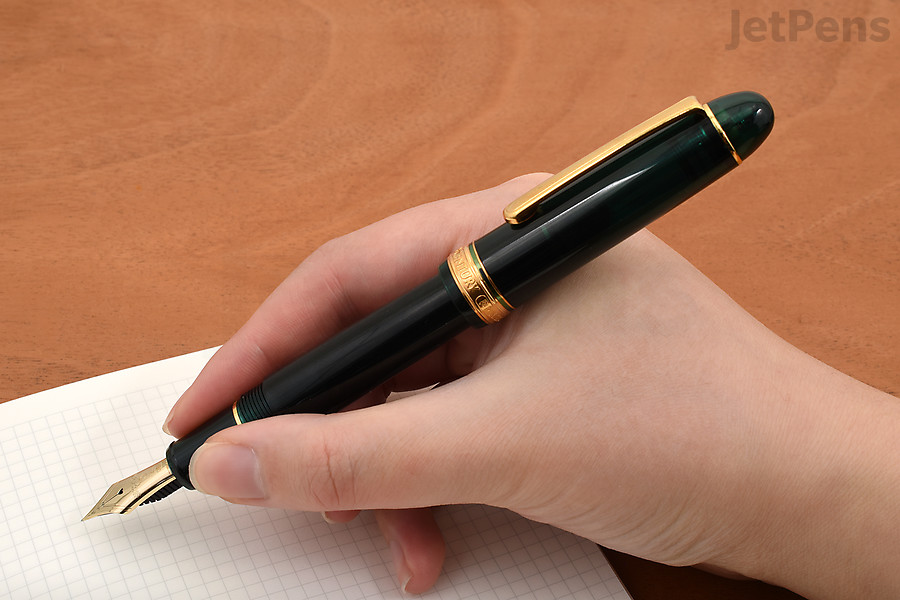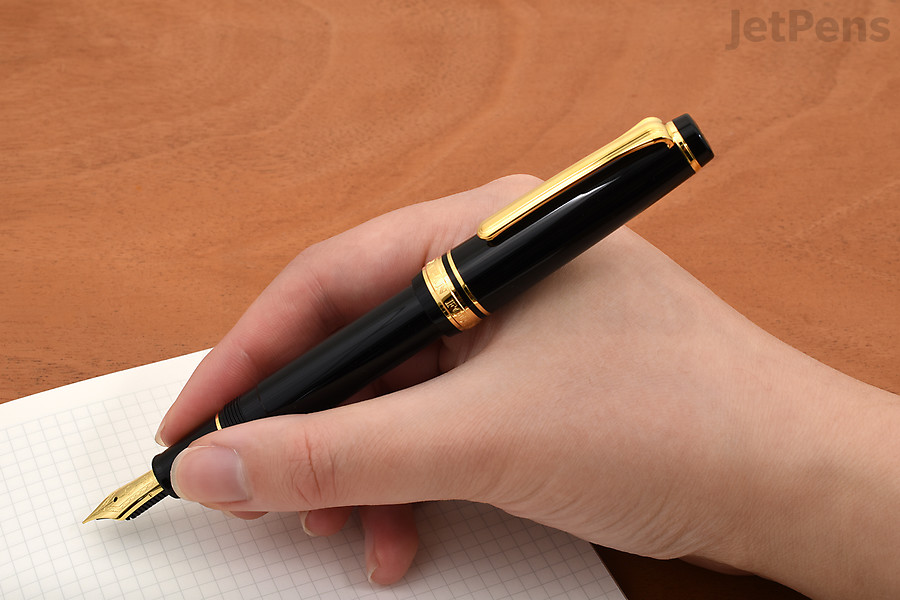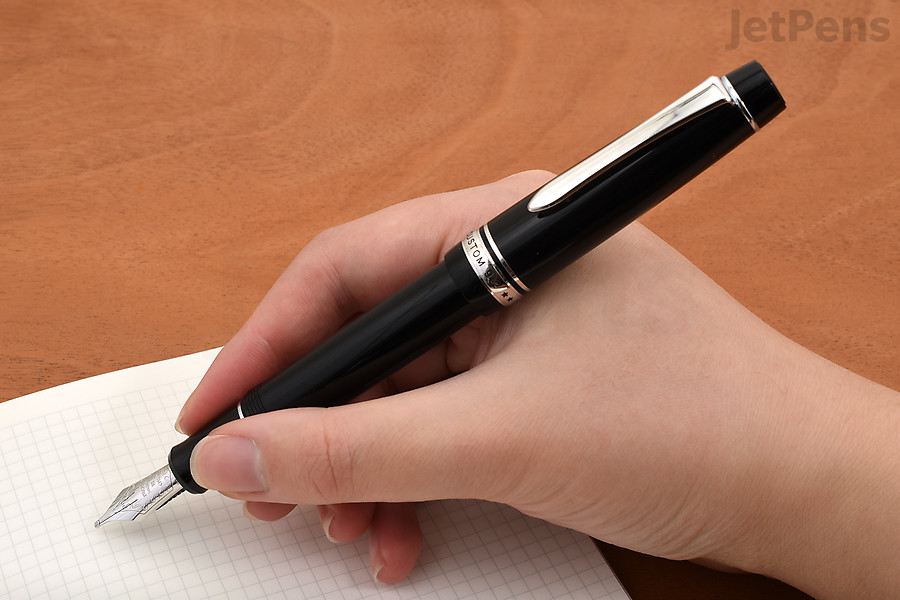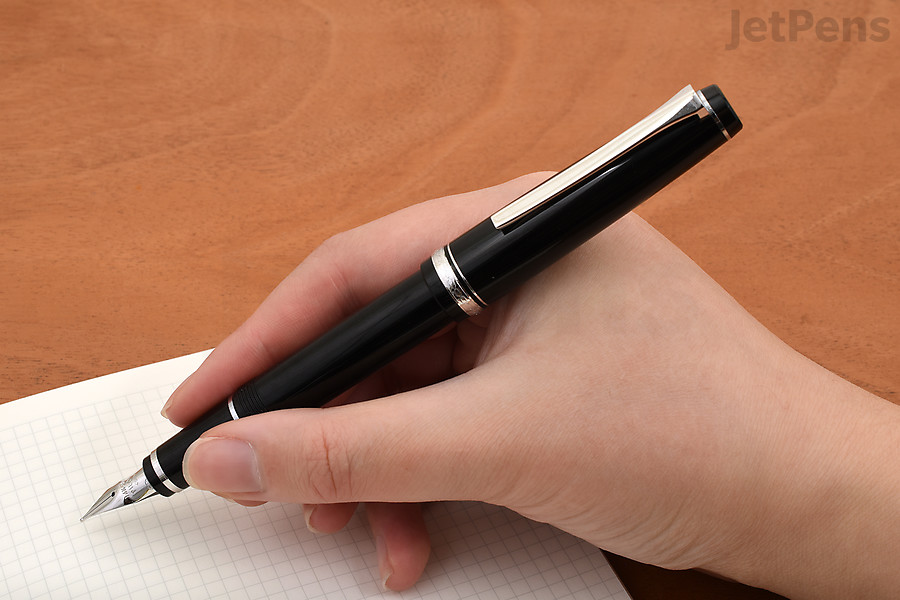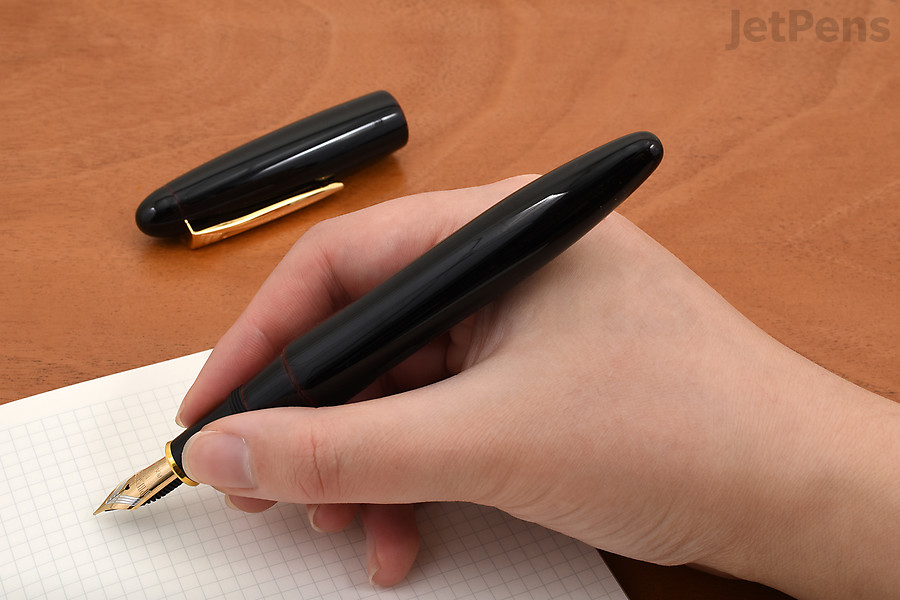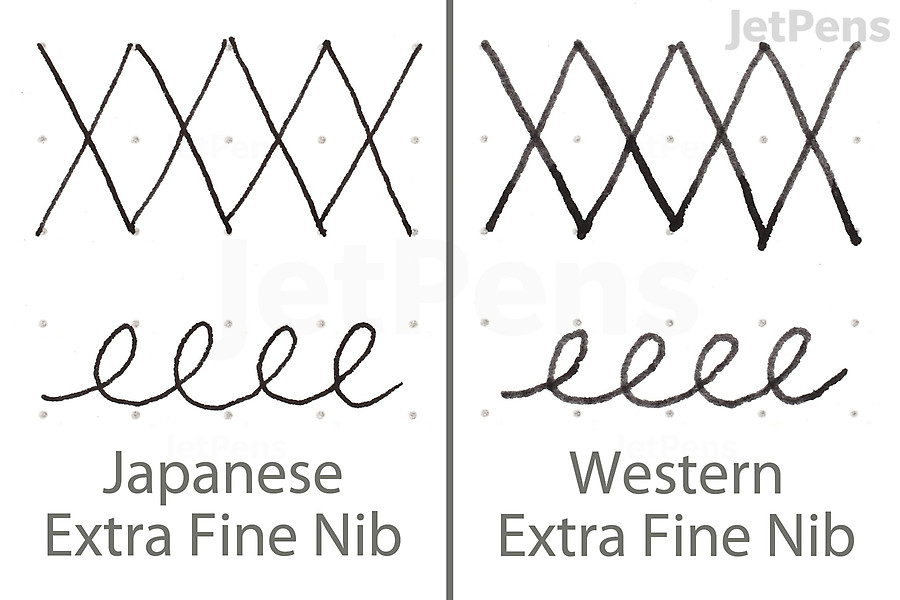The
Sailor Pro Gear Slim swaps out the rounded, cigar-shaped body found in the Custom 74 and 3776 Century for one that has flat ends. The Pro Gear Slim is a smaller pen, too. It’s less than five inches long when capped, but extends to a comfortable length when the cap is posted on the back of the barrel.
Sailor’s 14 karat gold nibs have a slight amount of feedback, where you can feel the texture of the paper as you write. Writing with it feels like writing with a graphite pencil. If other gold nibs feel too smooth, you may prefer Sailor’s gold nibs.
New colors of the Pro Gear Slim are regularly released, including limited edition options. You can also check out the Sailor Pro Gear, which shares the same body design but is slightly larger (and has a 21 karat gold nib rather than a 14 karat gold one).




